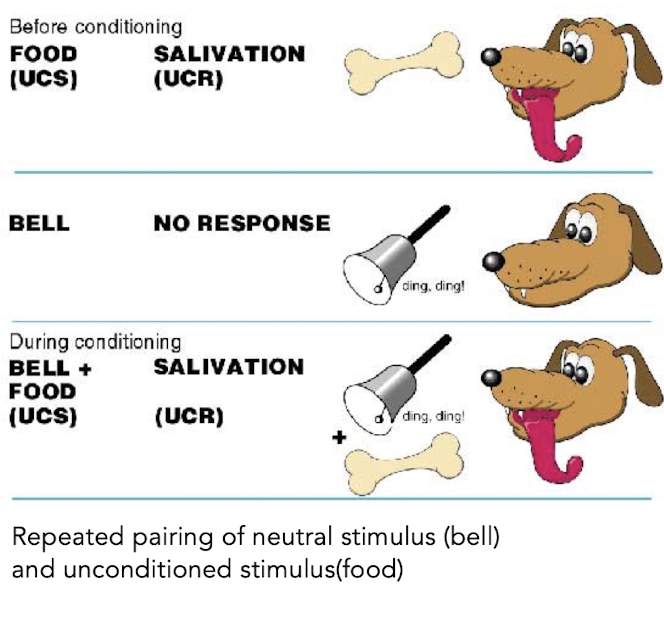Neuro: Long-Term Memory
1/21
There's no tags or description
Looks like no tags are added yet.
Name | Mastery | Learn | Test | Matching | Spaced |
|---|
No study sessions yet.
22 Terms
What does learning-related neural plasticity involve?
Strengthening or weakening of synapses. Neuron releases glutamate (excitatory) and binds to NMDA receptor (blocked by Mg++) and additional AMPA-type glutamate receptors pop out to bind as well.
Long-term potentiation (LTP)
Long-term strengthening of a synapse and can last hours, weeks, or months. Same amount of glutamate produces larger depolarization
Long-term depression (LTD)
Long-term weakening of synapses
Before LTP
Neuron 2 hardly responds to the neurotransmitter. The neuron does not fire.
After LTP
Neuron 2 responds strongly. It fires as the result of an increase in AMPA receptors available.
What is the ability of the synapse between two neurons to change in strength called?
Synaptic plasticity. “Neurons that fire together wire together”
Types of Glutamate Receptors
AMPA-type: contains ion channel that opens for Na+ whenever glutamate attaches to the receptor’s binding site
NMDA-type: contains ion channel that allows both Na+ and Ca++ to enter the neuron
What happens when Glutamte binds to NMDA receptor?
Ions can’t flow b/c of Mg++ (large ion) lodged in channel. So Glutamate must bind at the same time as the neuron is strongly depolarized for Mg++ (the fat cat ex. in lecture) to move.
What happens when NMDA receptors allow Ca++ to enter?
Gene expression and protein synthesis that strengthens the synapse aka increase AMPA receptors. It can also weaken synapses by decreasing AMPA receptors.
What needs to happen for LTP to occur?
Both pre- and postsynaptic neurons need to be activated. Postsynaptic neuron must be depolarized when glutamate is released from the presynaptic neuron to get Mg++ off the channel blocking NMDA receptors.
Implicit Memory: Skill Learning
practicing the skill increases the size of the motor cortical region that participates in those movements
neuronal assemblies in the cortex: neurons with strong excitatory connections to one another aka recruits neurons (ex. like how barnard recruits more students each year)
performing a particular skill by activating neuronal assembly within the motor cortex
Prefrontal cortex (PFC) in motor learning
highly active during early learning stages
What happens when a motor skill becomes automatized?
Shifts to premotor and primary motor cotices and to basal ganglia circuits including the striatum (associated with habits)
What refines the motor skill?
cerebellum it predicts and gives feedback on the motor
Classical/Pavlovian Conditioning
Pairing a neutral stimulus with an outcome without conscious awareness. AKA experience affects our behavior without us knowing. (ex. Neutral stimulus is a bell and is associated with food so when it is rung the dog salivates)

Habituation learning
With repeated stimulus you get used to it (ex. BJ Casey sitting out in NYC and is used to the traffic noises)
Pavlovian/Classical Conditioning (passive) is DIFFERENT from what
Instrumental learning (because it is active). (ex. cat needs to ring a bell for a treat)
Cued Fear Classical Conditioning
Mouse shocked when hear a noise repeatedly. Now every time mouse hears the noise it freezes even though it is not shocked.
What is fear learning dependent upon?
Amygdala
What plays an important role in learning to respond quickly to environmental events?
Cerebellum
Eyeblink Conditioning
Conditioned stimulus (a tone) puffs air to eye the subject blinks, allowing the subject to blink before the air puff hits the eye. Cerebellum is key in this.
Habituation
learning to ignore a sensory event that is repeated many times without consequence. (ex. sea snail responds less the more you touch its gill) Sensory neuron learns to release less and less glutamate (excitatory neurotransmitter) to activate the motor neuron